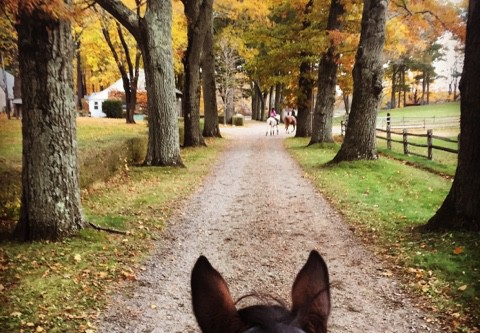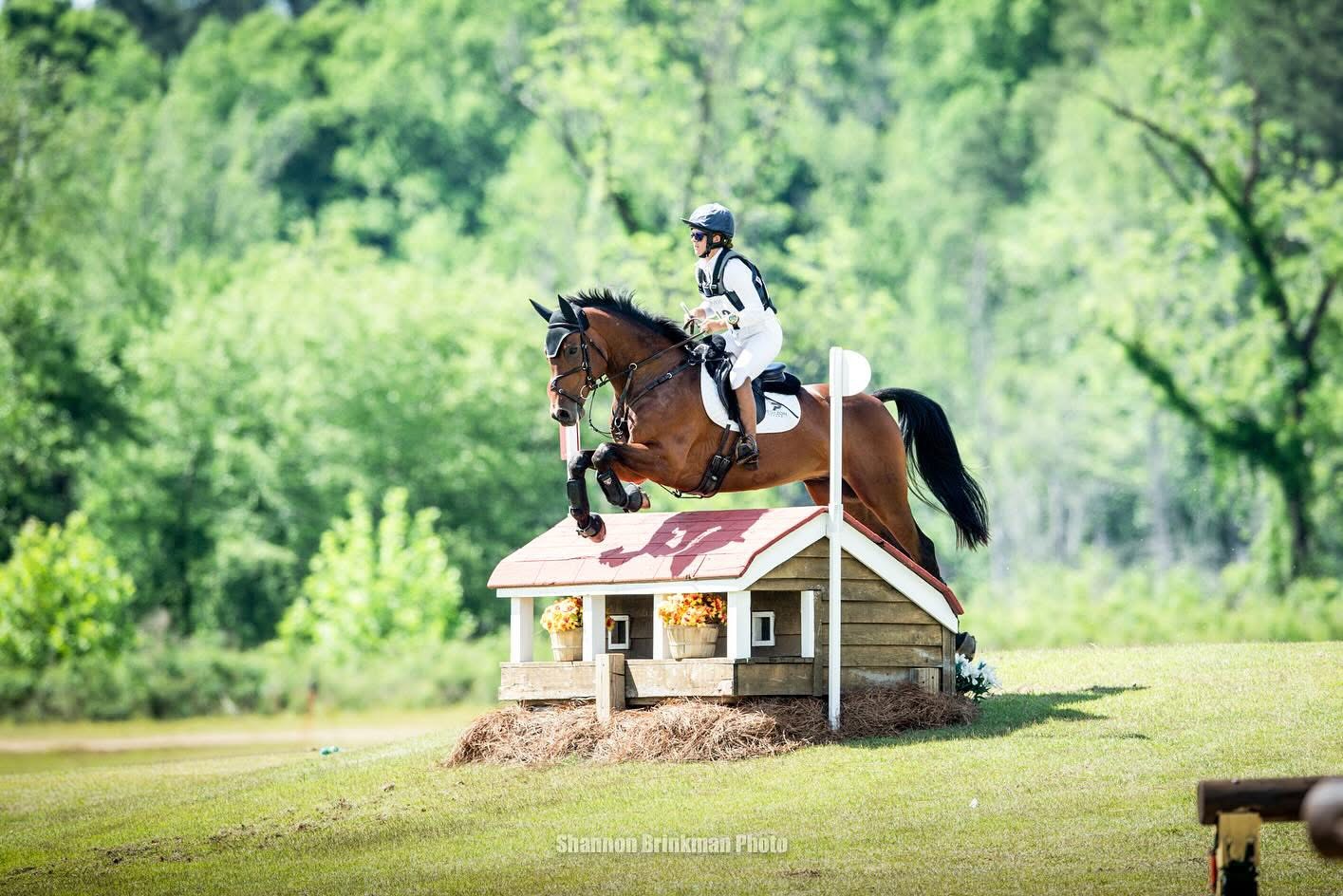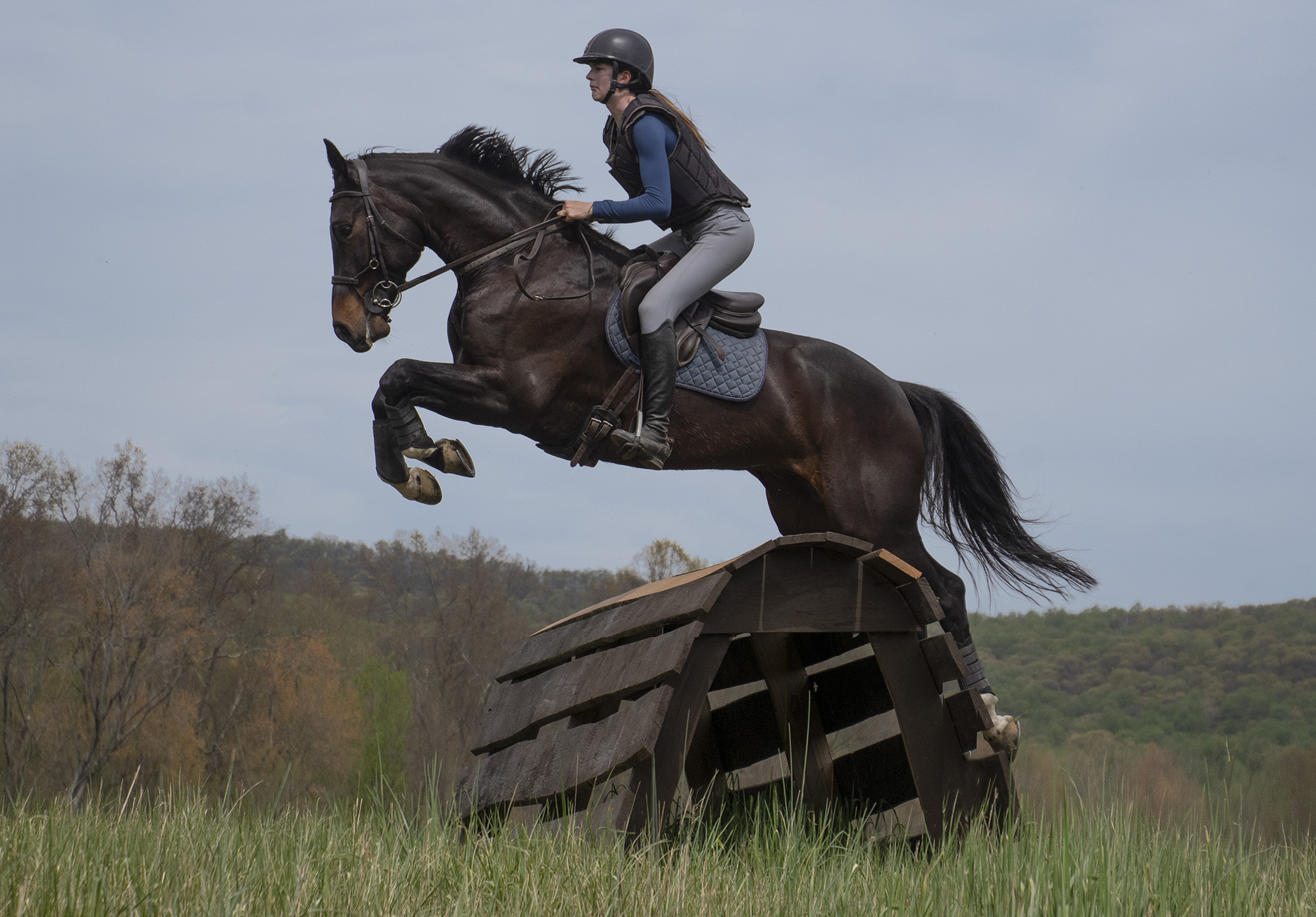With recent announcements that Chris Bartle and Richard Waygood will team up to create a new coaching structure for the British eventing squad, Team GB is firmly in a transition following a fifth-place finish at the 2016 Rio Olympic Games.
Like her fellow teammates, British Olympian Gemma Tattersall is looking ahead to the 2017 European Championships in Strzegom and the 2018 World Equestrian Games in Tryon, and she has an exciting string of established horses and up-and-coming talent.
Her 6-year-old Billy Hopefull won his first Novice at Gatcombe, and her youngsters by Chilli Morning have also been racking up excellent top-10 placings. Chilli’s Gem finished seventh in the Le Lion d’Angers 7-year-old Championships, and 6-year-old Chilli Knight was eighth at the Osberton International Young Horse Championships.
Holding her nerve
Britain tackled a supremely difficult cross country challenge in Rio, so what was Gemma’s experience at the event, and how did she hold her nerve for that final sterling show jumping round?
“Fifth was not the result we wanted at all, we were all disappointed, but we were all very happy to come out and jump four great rounds on the last day,” Gemma tells EN. “Ahead of my round, I just tried to remember that we are good at that bit and to believe we could finish with a good clear.”
Gemma riding Quicklook V, Kitty King with Ceylor LAN, Pippa Funnell with Billy The Biz, and William Fox-Pitt with Chilli Morning all went clear in the concluding show jumping round.
Quicklook V: ‘Such a show-off”
Quicklook V, an 11-year-old Anglo European mare (Urkel X Unabresse M, by Quick Star) owned by the Pebbles Syndicate, has had a really strong season at three-star level — including seventh at Bramham CIC3* and fourth at Chatsworth CIC* — but what is so special about this lovely mare?
“Quicklook is a huge character; she talks all the time, is extremely friendly and loves all attention. She thinks the big events are put on just for her,” Gemma says. “She loves to learn and thrives on work. I knew she was special the moment I saw her; she moves beautifully and is such a show-off.”
‘Plenty of horses coming through for Britain’
What is Gemma’s take on Britain’s strength on the world eventing stage moving into 2017? “We have had a small lull in experienced four-star horses, but that happens in every camp,” Gemma says. “There are now plenty of horses coming through for Britain, and I think we will be really strong again for the World Equestrian Games.”
Gemma, who was riding ponies from when she was a tiny baby before she could even walk, says riding horses was always a career choice. “My mum worked at a riding school, so I was obsessed with being on a horse,” she says. When asked how she stays fit and healthy, she cites: “Lots and lots of riding! Also eating healthily, and before the season begins, I always work with a personal trainer to get me up to fitness.”

Gemma Tattersall and Arctic Soul, who placed third at this year’s Badminton Horse Trials, but did not contest the Games due to injury. Photo by Nico Morgan.
A support team ‘like gold dust’
Gemma says she has a huge support team that she could not do her job without.
“They are like gold dust. Firstly there’s my whole family; my mum, who comes to events with me and drives the truck; my boyfriend Matt Heath who supports me hugely; Charlotte Overton my head girl, who has known me for years and totally understands me; my four other girls Lauren Stanley, Jess Young, Jess Copsy and Becky Smiley — they are all so loyal, fun and hard working; and my right-hand woman Elodie Frost, my personal assistant who organises my life! Without her, I wouldn’t know what I’m doing from one day to the next,” she says.
“Then obviously there are all the fantastic owners, without whom I could not do this incredible sport, and sponsors including Childeric Saddles and Timothy Foxx clothing. I am very lucky to be supported by some amazing people who help me work towards success.”
We asked Gemma what her plans are over the winter, and she says the horses and team are currently having a nice break. “When we are back from my current holiday, I will be getting the horses all back into work, with maybe some hunting for some of the young horses, but most definitely some show jumping,” she says. “Roll on the 2017 season.”
Go Eventing.





































